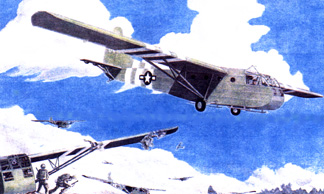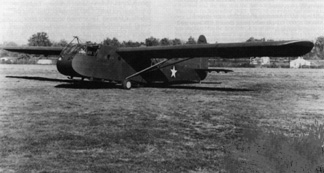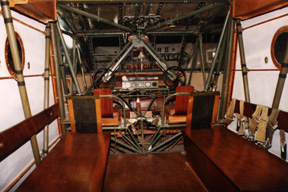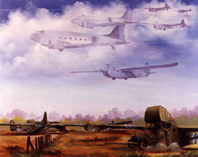|
in honor of Maj. Norman K. Arvidson
Attachment to Chapter 5 Information re the The CG-4A was the most widely used U.S. troop/cargo glider of WW II. Flight testing began in 1942 and eventually more than 12,000 CG-4As were procured. Fifteen companies manufactured CG-4As, with 1,074 built by the Waco Aircraft Company of Troy, Ohio.
What is the meaning of the term Webster’s New World Dictionary of American English tells us this: Hadrian was a Roman emperor from A.D. 76 to 138. Hadrian’s Wall was a stone wall across North England, from Solway Firth to the Tyne, built (A.D. 122-128) by Hadrian to protect Roman Britain from Northern tribes. It was 73.5 miles in length. You may draw your own conclusions as to why the Waco CG-4A was given the name “Hadrian.”
Above Left: Left: General Specifications — CG-4A Wing Span ---------- 83 feet. 8 inches |
|||||||||||||||
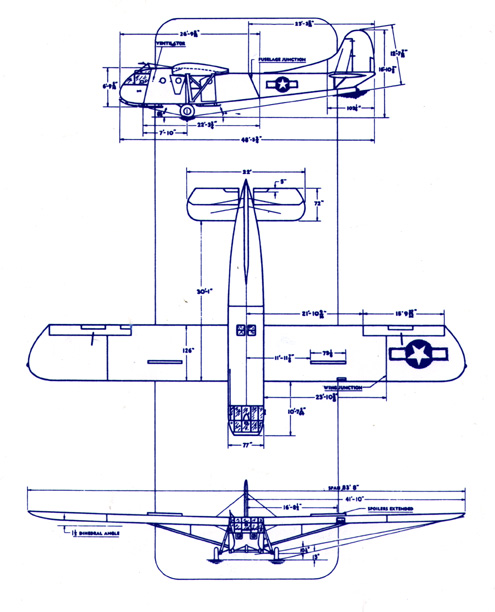 |
|||||||||||||||
 |
|||||||||||||||
|
Many of the D-Day and post-D-Day operations involved the |
|||||||||||||||
|
Cover — Introduction — Table of Contents Chapter — 01 — 02 — 03 — 04 — 05 — 06 — 07 — 08 — 09 — 10 Or Go To Or |
|||||||||||||||
